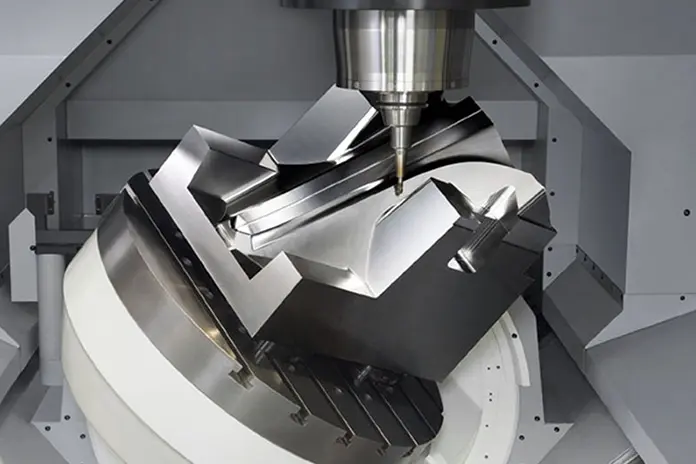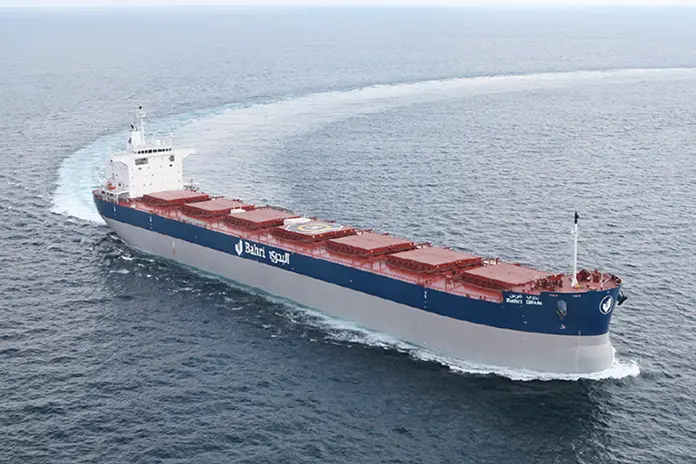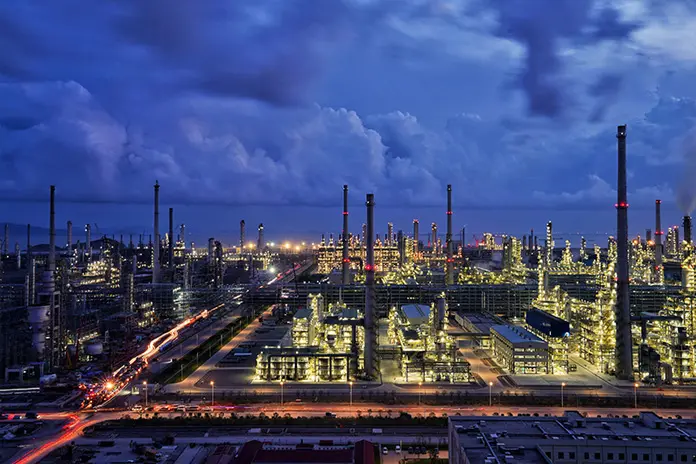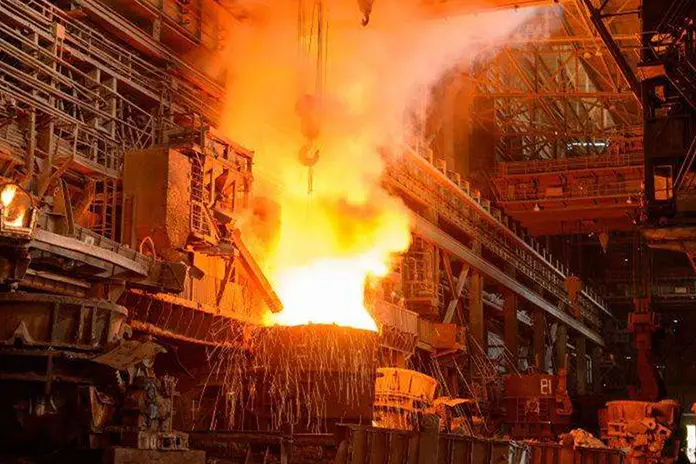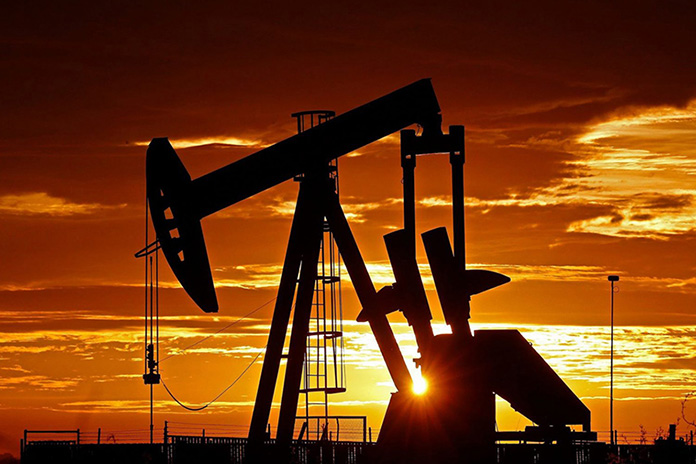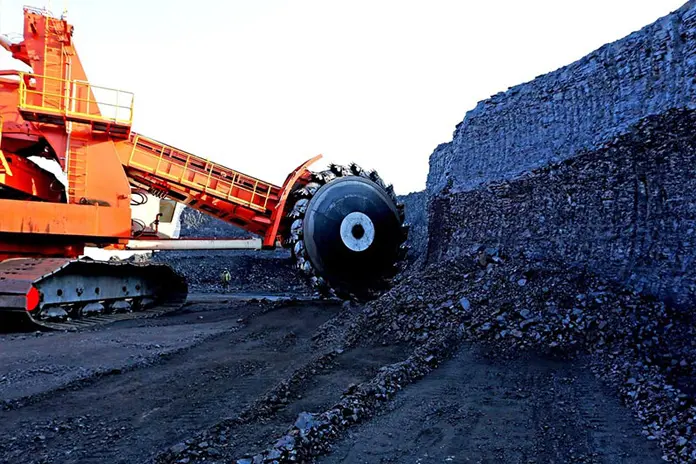Mining Industry
Industry Background and Laser Cladding Technology Application Analysis
1. Industry Background Analysis
1. Impact of Harsh Working Environments on Equipment
Underground coal mining environments present extreme challenges to machinery durability. With humidity levels often exceeding 90% and the presence of corrosive gases such as H₂S and SO₂, metal components undergo accelerated electrochemical corrosion. For example, hydraulic prop cylinders, critical for maintaining tunnel stability, are prone to surface rust that compromises sealing performance, leading to hydraulic system failures. Additionally, coal dust particles (Mohs hardness 3-4) act as abrasive agents, causing severe wear on transmission parts like sprockets and scrapers. High-speed coal dust can reduce the service life of these components by up to 40% compared to cleaner environments.
2. Mechanisms of Component Failure
(1) Fatigue Wear: Cyclic loading on sprockets and scrapers induces microcracks on surfaces. After approximately 1,000 operating hours, these cracks can penetrate 0.5mm deep, leading to material spalling and functional degradation.
(2) Coating Delamination: Traditional electroplated layers (e.g., hard chrome plating) bond weakly with substrates (20-30 MPa), making them susceptible to peeling under impact. In contrast, laser cladding offers bonding strengths of 400-600 MPa, ensuring long-term adhesion.
2. Advantages of Laser Cladding Technology
External Laser Cladding
This technique excels in preparing wear-resistant and corrosion-resistant coatings on shaft components like cylinders and piston rods. Key benefits include:
● Low Dilution Rate: Less than 5%, preserving the original material properties.
● Minimal Deformation: Heat-affected zones are typically <0.5mm, maintaining dimensional accuracy.
● Material Efficiency: Powder utilization rates exceed 90%, reducing costs compared to conventional plating.
● Surface Quality: Ra ≤ 6.3μm finish, eliminating the need for post-processing in many cases.
Inner Wall Laser Cladding
Ideal for hydraulic cylinders and piston rods, this method enables the application of diverse alloy coatings (e.g., stainless steel, nickel-based alloys) with thicknesses ranging from 0.5mm to 3mm. For instance:
● Stainless Steel Coatings: Provide 5x higher corrosion resistance than bare steel in acidic environments.
● Nickel-Based Alloys: Enhance hardness from 200 HV to over 600 HV, significantly improving wear resistance.
Curved Surface Laser Cladding
Tailored for complex geometries like sprockets and picks, this process offers:
● Adaptive Trajectory Control: Utilizes 5-axis CNC systems to achieve uniform coating thickness (±0.1mm) on irregular surfaces.
● High Bond Strength: Metallurgical bonding ensures resistance to impact loads. For example, clad layers on picks retain integrity even under 200 J of impact energy.
3. Technical Parameters and Performance Metrics
|
Parameter |
External Cladding |
Inner Wall Cladding |
Curved Surface Cladding |
| Laser Power (kW) | 2-4 | 1.5-3 | 1.2-3 |
| Scanning Speed (mm/s) | 50-200 | 30-120 | 40-150 |
| Powder Feed Rate (g/min) | 5-25 | 3-15 | 4-20 |
| Coating Hardness (HV) | 400-1200 | 350-1000 | 450-1100 |
| Bonding Strength (MPa) | >400 | >350 | >450 |
4. Case Study: Hydraulic Prop Cylinder Repair
A coal mine in Shanxi Province reported a 65% reduction in cylinder replacement costs after adopting laser cladding. The process restored corroded cylinders (originally φ140mm×2.5m) to serviceable condition, with the clad layer (NiCrBSi alloy, 1.2mm thick) exhibiting:
● 86% lower friction coefficient than original steel.
● 3x longer lifespan under abrasive wear tests.
● 100% pass rate in high-pressure sealing tests (35 MPa).
5. Environmental and Economic Benefits
● Material Savings: Laser cladding uses 70% less alloy powder compared to conventional surfacing methods.
● Energy Efficiency: Reduces energy consumption by 40% during repair processes.
● Emission Reduction: Eliminates hexavalent chromium emissions associated with electroplating, aligning with stricter environmental regulations.
In conclusion, laser cladding technology provides a comprehensive solution to combat component degradation in harsh mining environments, offering superior performance and sustainability compared to traditional methods.
Case Application

Sprocket laser cladding

Cylinder inner hole laser cladding
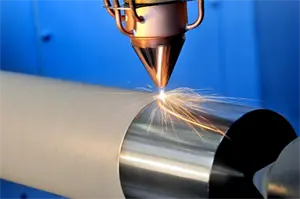
Cylinder outer circle laser cladding

